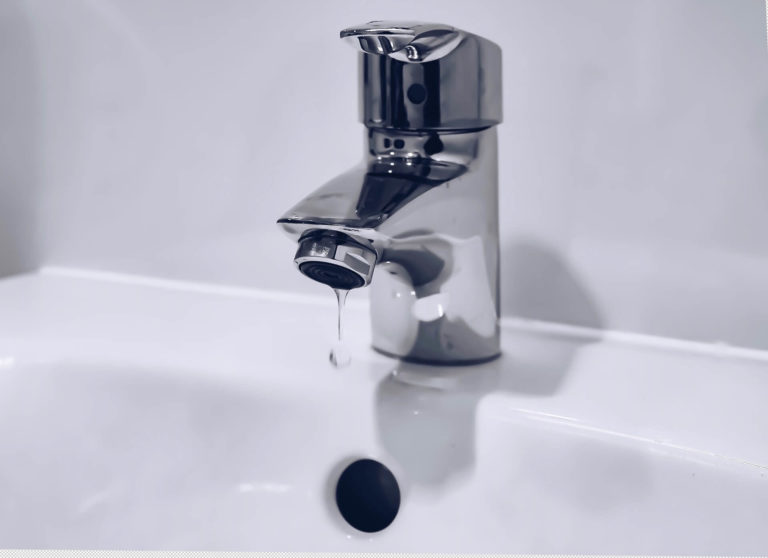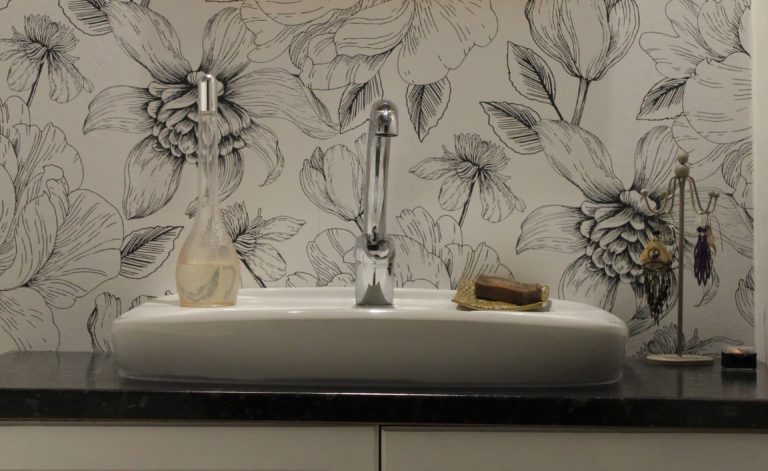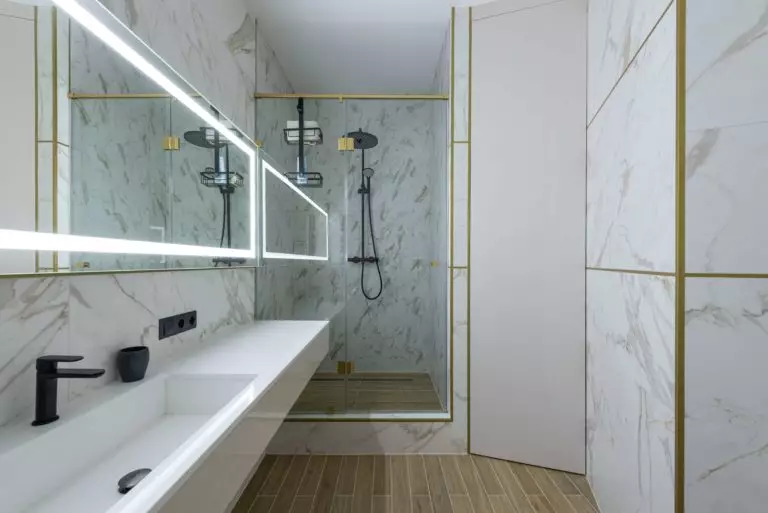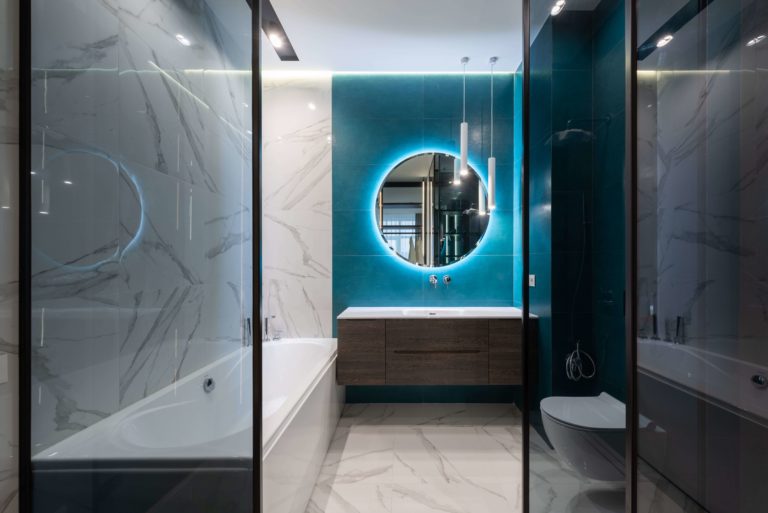
If this is not the first time you buy plumbing fixtures, you have probably seen bathtubs and sinks with so-called overflow. It is the overflow that today is an important criterion for choosing equipment for the bathroom. Therefore, its presence or absence cannot be ignored in any case. That is why let’s take a closer look at why an overflow is needed, what it is, and how to use it correctly.
The purpose and types a bathtub and sink overflow
An overflow is an additional hole connected to a drainpipe, usually located at the top of a sink or bathtub. Excess water goes back to the sewer through the overflow if its level in the bath or sink has increased more than necessary.
So, first of all, the overflow will help you out if you opened the water to get a bath or washed something in the sink and completely forgot about it. Rescued floors and the safety of renovations for neighbors below is not a reason to take care of equipping your plumbing with such a system?
Another undoubtedly essential purpose of this hole is to increase the rate of water drainage. As long as the overflow is not occupied by water, it allows additional air to enter the pipeline. Thus, the drain hole at the bottom of the bathtub or sink will draw in the water much faster and more intensively than in equipment without overflow systems.
If everything is more or less clear with the overflow device in the sink, then in the bathtub case, it is worth considering that two options for water drainage can be used for it.
Traditional
In this case, the overflow hole removes excess water outside the tub through a pipe mounted in the outer part of the plumbing. Further, the water moves through the pipes to the siphon, to which water also leaves the drain hole. This option is considered the most practical in terms of high protection against moisture and one hundred percent water drainage into the sewer system. However, in this case, it is necessary to be especially careful not to clog the siphon.
Integral
This is the name of the tub overflow system, in which the overflow channel is built into the inner wall of the bath through a specially cut hole in it and leads directly to the drain. The overflow system at the sink can be done in the same way. In this case, an additional pipe cut-in and the installation of a siphon are not required. However, there is a significant risk that the overflow channel will not withstand the intense water pressure. However, this rarely happens.
The key advantage of the overflow is that, unlike the drain hole, it is always open, which allows you to avoid any embarrassment associated with a blockage or forgetting to turn off the tap. That is why it is not worth saving on it, and when choosing a sink or bathtub with or without overflow, it is better to give preference to the first one.
You can apply wallpapers, paints, etc. on walls and see how they look in various interiors.

Using plumbing with an overflow system: what to look for
Keep in mind that the best overflow is not a panacea for all problems associated with water use. That is why we want to draw your attention to three critical points:
The presence of the sink overflow allows you to make the use of plumbing more comfortable and avoid many problems, the largest of which can be water on the floor and damage to the flooring or leakage to neighbors with subsequent damage to their property. Choosing a quality tub or sink with a reliable overflow system will make you feel more confident, even if you are very fond of water treatments. However, we remind you again: do not open the taps too much.



